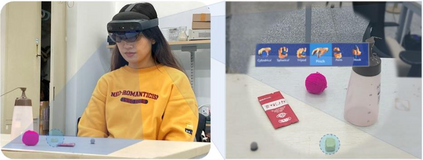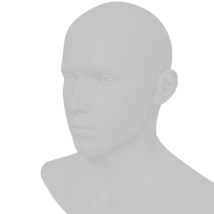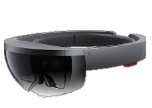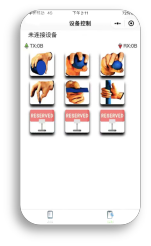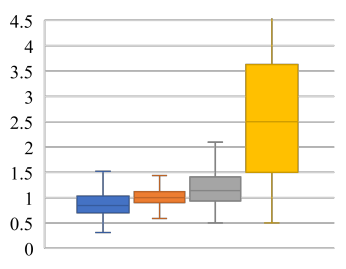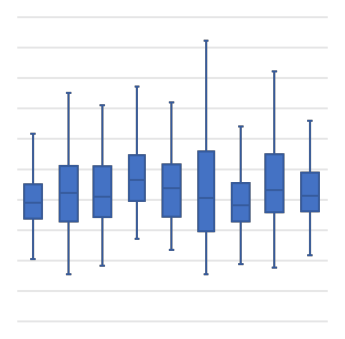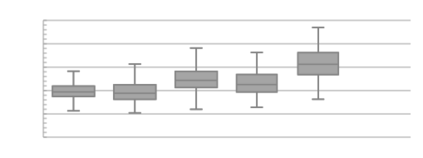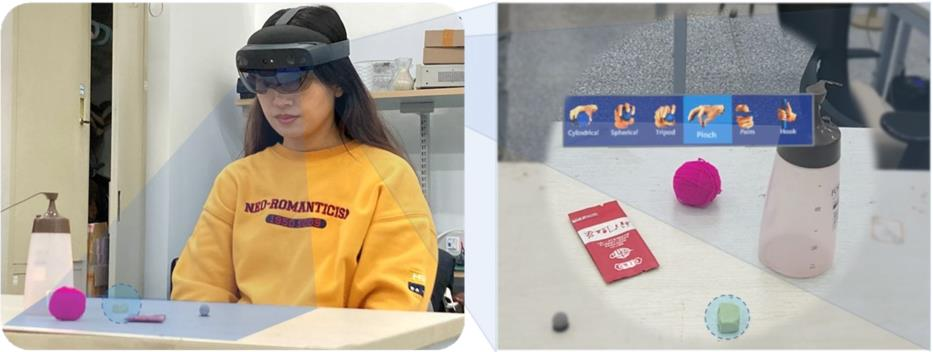The control of multi-fingered dexterous prosthetics hand remains challenging due to the lack of an intuitive and efficient Grasp-type Switching Interface (GSI). We propose a new GSI (i-GSI) t hat integrates the manifold power of eye-tracking and augmentced reality technologies to solve this problem. It runs entirely in a HoloLens2 helmet, where users can glance at icons on the holographic interface to switch between six daily grasp types quickly. Compared to traditional GSIs (FSM-based, PR-based, and mobile APP-based), i-GSI achieved the best results in the experiment with eight healthy subjects, achieving a switching time of 0.84 s, a switching success rate of 99.0%, and learning efficiency of 93.50%. By verifying on one patient with a congenital upper limb deficiency, i-GSI achieved an equivalent great outcome as on healthy people, with a switching time of 0.78 s and switching success rate of 100%. The new i-GSI, as a standalone module, can be combined with traditional proportional myoelectric control to form a hybrid-controlled prosthetic system that can help patients accomplish dexterous operations in various daily-life activities.
翻译:由于缺乏直觉高效的Grasp型Grasp型切换接口(GSI),多指模体义假肢手的管制仍具有挑战性。 我们提议新的GSI(i-GSI) t 帽子将眼睛跟踪和强化现实技术的多重力量结合起来,以解决这一问题。 它完全在HoloLens2头盔中运行,用户可以查看全息界面上的图标,以便快速切换六种每天掌握的切换类型。 与传统的GSI(基于FSM、PR基和移动APP基)相比,i-GSI在8个健康对象的实验中取得了最佳成果,实现了0.84 s的切换时间,实现了99.0%的切换成功率,学习了93.50%的效率。 通过对一个先天性上肢缺乏的病人进行核实,i-GSI取得了与健康人相当的伟大结果,转换时间为0.78 s,切换成100%的成功率。 新的i-GSI作为独立模块,可以与传统的比例近电操作相结合的病人在日常控制活动中完成各种混合假肢系统。

